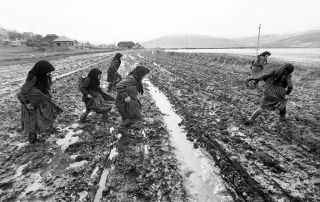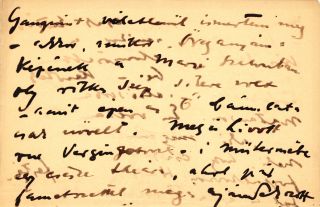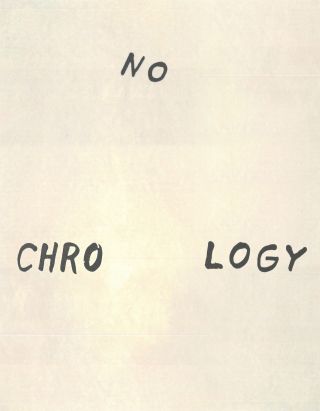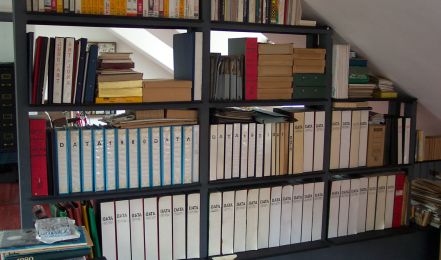‘collection’
Péter Korniss Archive
… Europe (mainly Transylvania). As part of the archive, the KEMKI has also received the complete collection of film negatives from The Guest Worker, one of the most influential series of Hungarian documentary photography. The series, which depicts the life of commuting workers, took over 10 years to complete. Published in 1988 in a book format, Korniss’s “photographic novel” is considered one of the milestones of contemporary Hungarian photography. The material donated to the KEMKI ADK …
The Correspondence of József Rippl-Rónai
… KEMKI ADK in collaboration with renowned Rippl-Rónai experts. Our aim is to compile an exhaustive collection and publish every letter ever written by and to Rippl-Rónai. Our estimate is about nine hundred letters in total. The manuscripts are to be published in accordance with the publication guidelines used in literary science, including notes providing the most important information, reproductions of the works referred to in the letters, and other printed or manuscript sources. Rippl-Rónai …
Cold War Modernisms
… processing of the Design Center, namely the Industrial Design Information Center, added to the collection in 2023, has begun, while sub themes such as the relation between abstraction and public space, textile art and public space are also coming into focus.
Mail Art Chro-No-Logy
… a complex digital historical chronology of mail art, based on Artpool’s continuously expanding collection. The current results of this process can be viewed on the Artpool website, organised by year, starting in 1962 (when Ray Johnson founded the New York Correspondence School). As part of the research, a collection of texts on mail art has also been published. Additionally, the project has had a rather notable impact in terms of collection expansion as well: since its launch, several …
The Digital "Attic Archive"
… to as DATA (Daily Action Time Archive), was launched in 1980 and is now part of the Artpool Collection. Founded in Dundee, Scotland by artist Pete Horobin in 1975, the Attic Archive grew out of four separate ten-year-long self-historicization projects, reflecting on the changing social and cultural conditions of the 1970s–2020s, within which the artist operated. As the archive is now dispersed across Scotland, Hungary, and Ireland, the project seeks to bring together …




